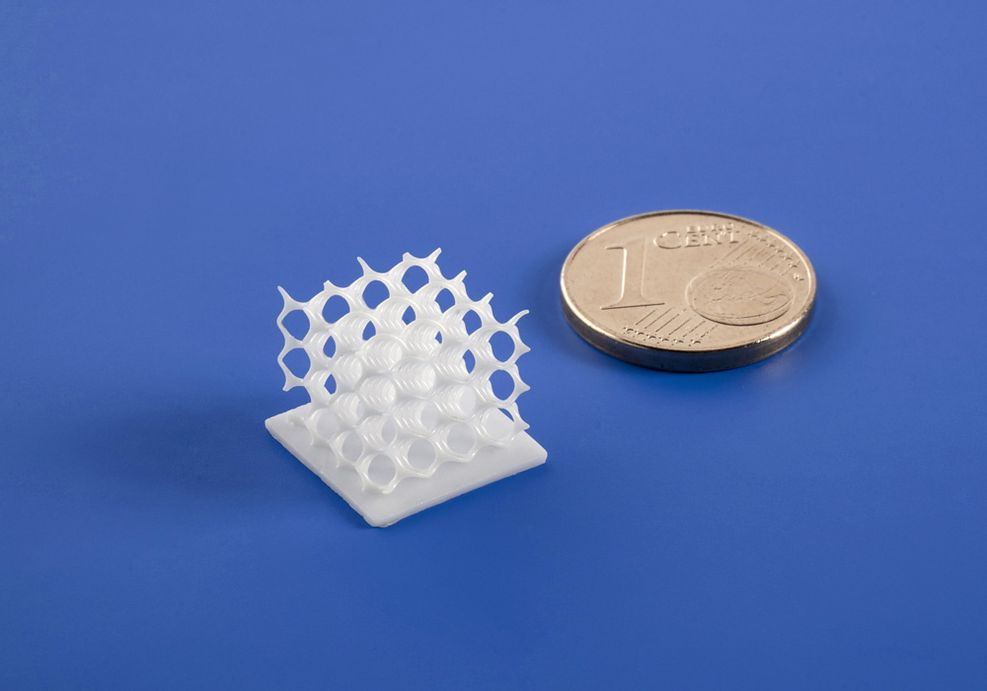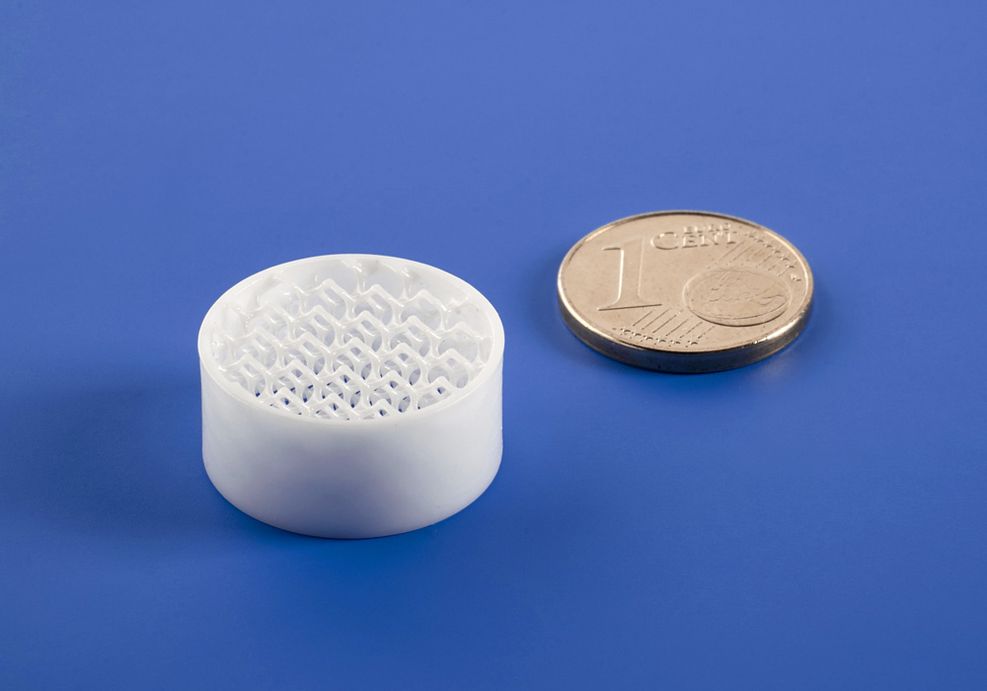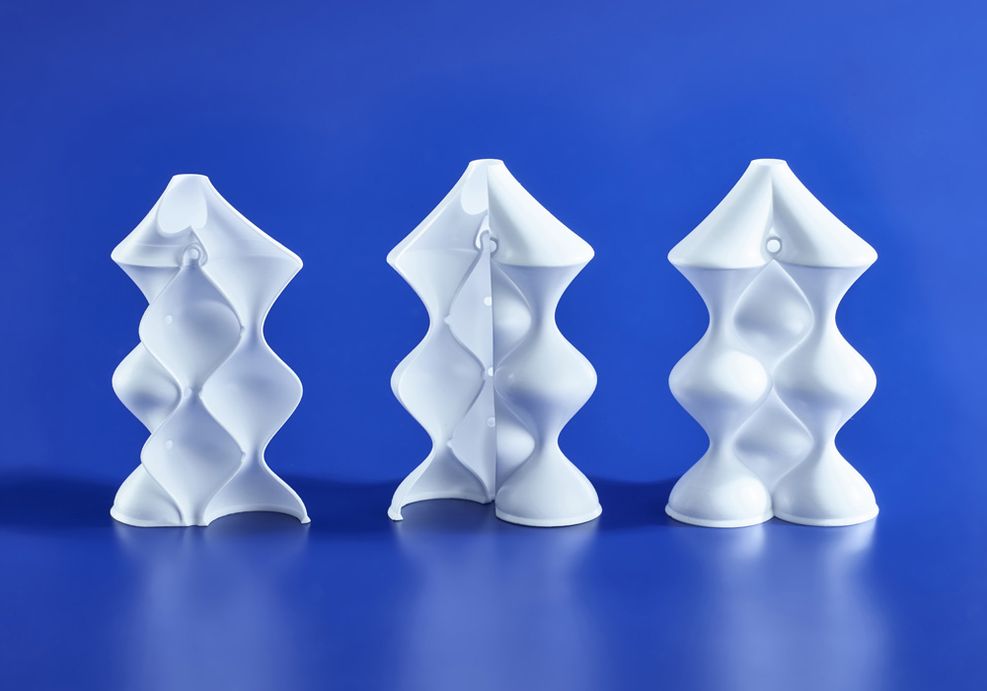Of all the materials that are currently underused but have high potential none are more exciting to me than ceramics. Ceramics itself as an age old material can give us access to many quotidian product categories through a noble material. Technical ceramics have incredibly high performance in wear, chemical resistance, temperature resistance while being incredibly dimensionally stable. These high-performance materials are relative unknowns but are used in the most demanding of industrial, medical and tooling applications. Companies such as Lithoz and ECM have been innovating extensively in 3D printing ceramics but very little is known about the potential of these materials in 3D printing. We decided to interview Michael Steinbach of Steinbach AG, a German specialized technical ceramics and high-performance materials firm. Having been active extensively in technical ceramics the company responded to clients desires for more design freedom in ceramic parts by acquiring Lithoz machines including a new Cerafab 8500 to begin making series parts in ceramics for several industries.

What kind of company is Steinbach & why should I work with you?
Steinbach AG is a joint-stock company and a mid-sized partner of industry operating in global markets. In Germany, we are one of only a few suppliers of technical ceramics. We provide our customers with up-to-date technology and apart from an extensive technical consultation and individual development we offer a quick and extremely precise production from lot size 1 onward.

A 3D printed technical ceramic part made by Steinbach for a fluid reactor.
Why did you start 3D printing ceramics?
Steinbach AG with its division „Technical Ceramics“ has specialized in additive manufacturing of technical high-performance ceramics for industrial and medical applications.
In the past, we increasingly received requests for individually manufactured complex geometries. That’s why we acquired our first 3D printer in 2016.

Do the 3D printed parts perform better or worse than conventional ones?
Based on the generative manufacturing method LCM, for the first time prototypes of 3D-ceramics can be manufactured in highest series quality. In contrast to the conventional Rapid-Prototyping-Methods where the components just transmit the spatial impression and the shape in general, the prototypes manufactured by LCM can be charged. Due to the LCM method, ceramic 3D-prototypes dispose of a quality of 0.4 Ra without any postprocessing and reach a theoretical density of more than 99 %. The tolerances are +/- 0.1 mm. Withal the components dispose of an extremely smooth surface even without subsequent finishing.
In conventional manufacturing, the designer has to take the producibility of the products into account. That leads to limitations in geometry and design so that compromises must be made. In the LCM-method, however, free design is possible determined by the application and not dependent on the manufacturing process. So for the first time even difficult structures and complex geometries such as cavities, fine channels and undercuts can be implemented. The characteristics of the ceramic components are significantly influencable even during the manufacturing process. The material qualities do not change while doing so.

What kind of customers 3D print ceramics? What are the parts used for?
Areas of application for different industries:
•High-temperature applications
•Chemistry and laboratories
•Medical technology
•Automobile industry
•Analysis and measurement equipment
•Microreactors / Microfluidic applications
•Micro-electronics
•Plasmatechnology
•Aerospace sector
For example in the field of high-temperature technology materials have to withstand high temperatures up to far more than 1000 °C without any distortion or fatigue. For most materials that is not sustainable in the long term. The technical 3D-printing ceramics can withstand operation temperatures of 1600 °C and more. Moreover, even at highest application temperatures in the ultra-high vacuum they keep stable without softening or flowing. Broad application areas for components from 3D-printing ceramics have been opened up in the industrial furnace construction, in the glass and steel industry, in control and measuring technology, in research, in the development and in the field of thermal analysis and process engineering.

What kinds of ceramics can you print in?
Steinbach AG produces technical 3D-printing ceramics made of alumina and zirconium oxide. We generally use three ceramic materials: FormAlox 999, FormAlox 998 and FormAcon 3Y.

Do you see 3D printed ceramics expanding?
Definitely. We see this every day with growing inquiries. 3D printed parts – especially with technical ceramics – are becoming increasingly important.
Many customers try it out and are thrilled by the many advantages such as
• Outstanding hardness
• High temperature resistance (1600°C)
• Superior wear resistance
• High corrosion resistance
• Chemical resistance
• Food safe, biocompatible
• Electrical insulator

What is holding back 3D printed ceramics?
At first glance the high cost. But in contrast to conventional forming processes, in the generative LCM-manufacturing no specific tools are necessary as the processing directly follows the CAD dataset.
Subscribe to Our Email Newsletter
Stay up-to-date on all the latest news from the 3D printing industry and receive information and offers from third party vendors.
You May Also Like
3D Printing News Unpeeled: A $3000 SLS System, Construction Subsidies and Parameters
The Housing Affordability Crisis is one of Canadian President Trudeau’s biggest issues. Now the government has made subsidies available, including scaling new technologies, 3D printed housing and libraries of reapproved...
“Bundled Light” Enables High Quality Plastic 3D Printing from LEAM
Naturally, we expect current 3D printing methods to continuously improve, but it continues to do so in the most surprising ways. The latest development comes from LEAM, a startup spun...
Each to Their Own: Exploring Creality’s Latest Ender Trio as the Company Strengthens Its Commitment to 3D Printing Advocacy
Creality has reaffirmed its commitment to promoting 3D printing. The launch of the Ender-3 V3 SE, Ender-3 V3 KE, and Ender-3 V3 showcases the company’s dedication to catering to diverse...
3D Printing News Briefs, March 23, 2024: AM in the US Coast Guard, Navy, & More
In today’s 3D Printing News Briefs, we’re discussing the use of 3D printing in various branches of the military, including the U.S. Coast Guard, the U.S. Navy, and the German...































